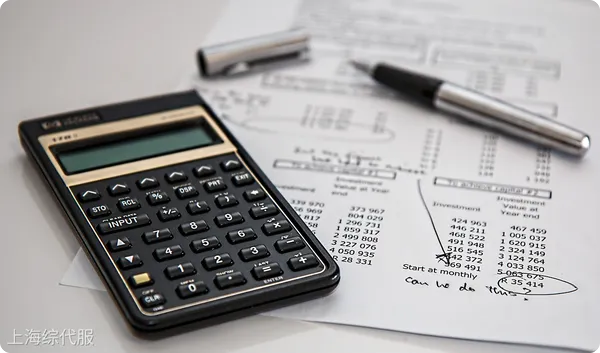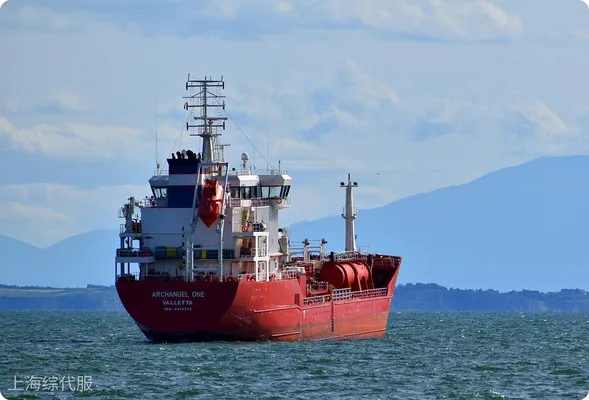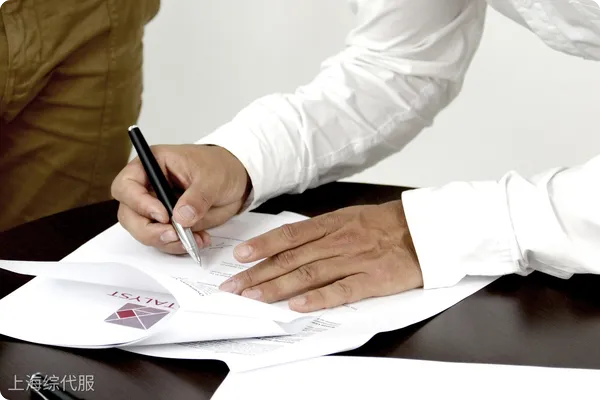In international trade, Pre-TT (Telegraphic Transfer) and Post-TT are two common telegraphic transfer payment methods. There are obvious differences between them in terms of payment time and risk bearing, and different issues need to be paid attention to in actual operation. The following will elaborate on the differences between the two and how to properly choose a payment method in international trade.

Differences between Pre-TT and Post-TT
Payment Time
- Pre-TT: Also known as prepayment, it refers to the buyer paying all or part of the payment to the seller by telegraphic transfer after the contract is signed and before the seller ships the goods.
- Post-TT: That is, cash on delivery, which means that the seller ships the goods according to the contract agreement first, and the buyer pays the payment by telegraphic transfer after receiving the goods.
Risk Bearing
- Pre-TTFor the seller, the risk is lower. This is because the payment has been received before shipment, and even if problems occur during transportation, the seller has already received corresponding economic compensation. For the buyer, however, the risk is higher. If the seller does not ship, delays shipment, or the quality of the goods does not meet the contract requirements after receiving payment, the buyer may face losses.
- Post-TTContrary to Pre-TT, the seller bears a higher risk. The seller needs to ship the goods first, and if the buyer refuses to pay, delays payment, or is unable to pay for various reasons after receiving the goods, the seller may face the risk of not recovering the payment. The buyer, on the other hand, has a lower risk in this method because they can inspect the goods first and pay after they meet the requirements.
Capital occupation
- Pre-TTThe buyer needs to pay in advance, which will tie up the buyers funds. For some companies with inflexible capital turnover, there may be some financial pressure.
- Post-TTThe seller needs to bear the costs of production, transportation, etc. of the goods first, and can only recover the funds after the buyer pays. The capital occupation is on the sellers side. If the production cycle of the goods is long and the amount is large, the seller may face greater financial pressure.
Points to note for Pre-TT
Buyers perspective
- Verify sellers credibilityBefore making prepayment, it is necessary to fully understand the sellers credibility through various channels, such as checking commercial credit reports, consulting with other clients who have cooperated with them, etc., to avoid cooperating with bad sellers and prevent fraudulent activities.
- Clarify contract termsThe contract should specify in detail the sellers delivery time, quality standards of goods, liabilities for breach of contract, etc., to constrain the sellers behavior and protect ones own rights and interests. If the seller fails to deliver on time or according to quality standards, corresponding compensation clauses should be agreed upon.
- Monitor shipment progressAfter making prepayment, it is necessary to maintain close communication with the seller, and promptly understand the production, packaging, transportation, and other information of the goods to ensure that the seller ships the goods in accordance with the contract agreement.
Sellers perspective
- Ensure timely shipmentAfter receiving prepayment, it is necessary to strictly organize production and shipment in accordance with the time and quality standards stipulated in the contract, to avoid disputes caused by delayed shipment or quality problems, and to affect the companys reputation.
- Properly manage fundsFor the prepayment received, it is necessary to arrange its use reasonably to ensure that the funds are used for production and operating activities related to the contract, and to avoid situations such as misappropriation of funds that may lead to failure to perform the contract on time.
- Provide accurate logistics informationAfter shipment, it is necessary to provide the buyer with timely and accurate logistics information of the goods, so that the buyer can understand the transportation status of the goods in time and prepare for receiving the goods.

Points to note for Post-TT
Buyers perspective
- Inspect goods promptlyAfter receiving the goods, it is necessary to inspect the goods in a timely manner according to the inspection standards and time agreed in the contract. If quality or quantity problems are found, communicate with the seller promptly and retain relevant evidence for subsequent negotiation, resolution, or claim.
- Pay the payment on timeAfter the goods pass inspection, it is necessary to pay the payment in a timely manner according to the time and method agreed in the contract, to maintain ones own reputation, and to avoid breach of contract fees or affecting subsequent cooperation with the seller due to delayed payment.
- Prevent Seller Fraud: Even though the buyer pays after receiving the goods, its still crucial to guard against seller fraud, such as false shipments or delivering substandard goods as high-quality ones. Remain vigilant throughout the transaction process, and if necessary, request relevant supporting documents for the goods from the seller.
Sellers perspective
- Strengthen Customer Credit Management: When opting for Post-TT payment, conduct a thorough assessment of the buyers creditworthiness, including their financial standing, operating performance, and payment history. Exercise caution when using Post-TT for customers with poor credit, or request security measures like guarantees.
- Sign a Detailed Contract: The contract should clearly define the buyers payment timeline and liabilities for late payments to safeguard your payment rights. Furthermore, stipulate the sellers recourse in case of buyer payment refusal or delay, such as disposing of goods or claiming compensation for losses.
- Track Payment Collection: After shipment, closely monitor payment collection and communicate with the buyer promptly regarding payment matters. If payment delays occur, take immediate follow-up actions, and pursue legal avenues if necessary to recover funds.
Choosing Between Pre-TT and Post-TT Payment Methods
Transportation Distance and Method
- Transportation Distance: With longer transportation distances, goods are in transit for extended periods, increasing uncertainties. Force majeure events like natural disasters or political instability can cause delays or losses. For sellers, the risk is higher, making Pre-TT preferable to secure payment upfront and mitigate risks. For shorter distances, faster delivery makes Post-TT a more flexible option for both parties.
- Transportation Method: Different transportation methods also influence payment choices. Sea freight, with longer transit times and higher risks, often leads sellers to prefer Pre-TT. Faster methods like air freight enable quicker delivery and stronger transaction timeliness, potentially increasing the viability of Post-TT.
Exchange Rate Fluctuation Risk
- If exchange rates between the transacting currencies are volatile, Pre-TT helps payees mitigate exchange rate risks, ensuring received payments are protected from devaluation losses.
Contract Terms and Security Measures
- Contract Terms: Contractual stipulations on payment timing, conditions, and goods acceptance criteria directly impact payment method selection. Seller-favorable terms, such as clear acceptance periods and standards, and seller protection against buyer breach, may make Post-TT more acceptable to sellers. Conversely, buyer-protective terms may lead sellers to prefer Pre-TT to minimize risk.
- Security Measures: Reliable third-party guarantees, bank guarantees, or international arbitration can offer flexibility in payment method selection. A bank guarantee as payment assurance may make sellers more comfortable with Post-TT, as it provides recourse for compensation even if the buyer defaults.

The above summarizes key considerations for Pre-TT and Post-TT payment methods in foreign trade. We hope this information is helpful for your international business operations. For further inquiries or support, please contact [company name]!
Tags: International Settlement


 Follow customer service WeChat
Follow customer service WeChat